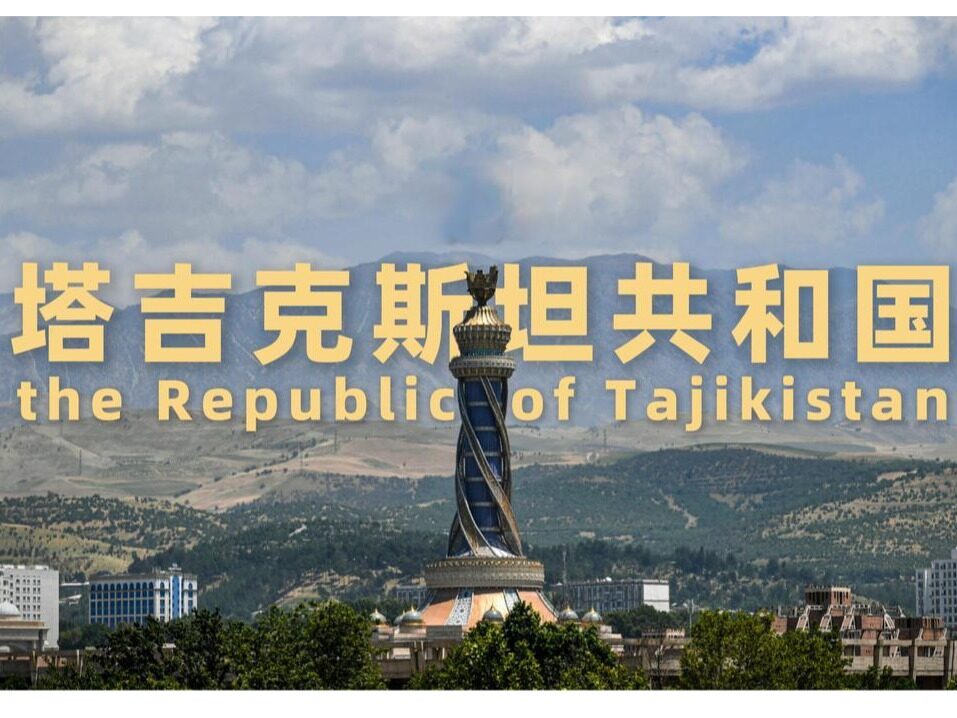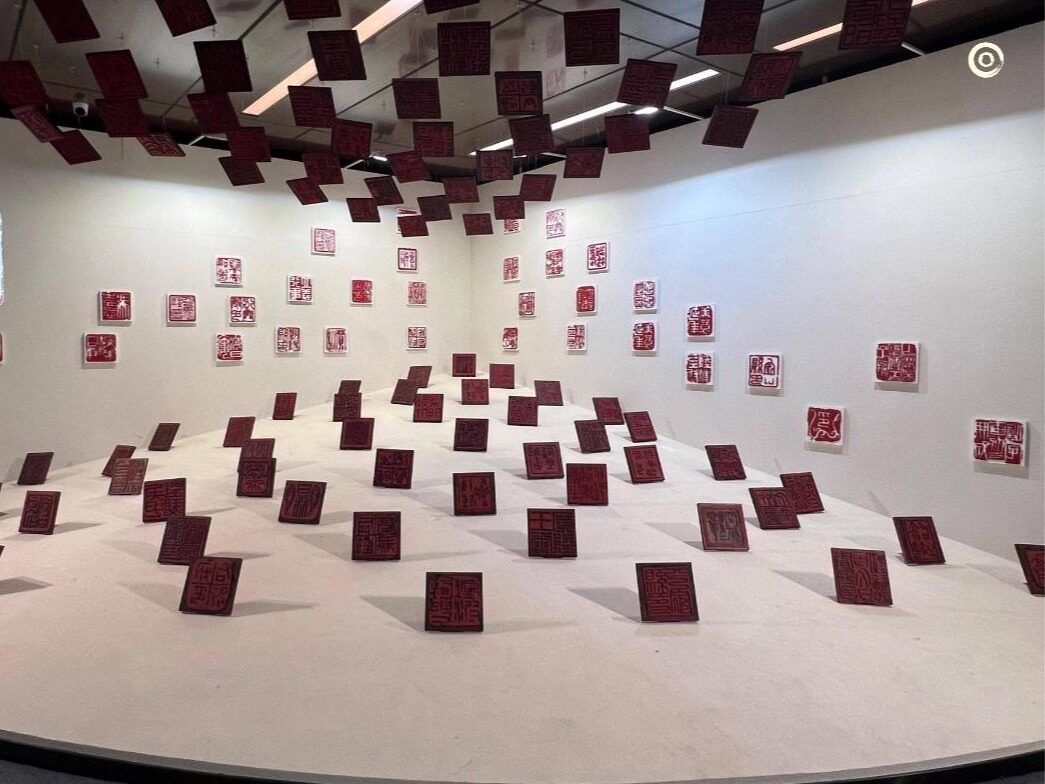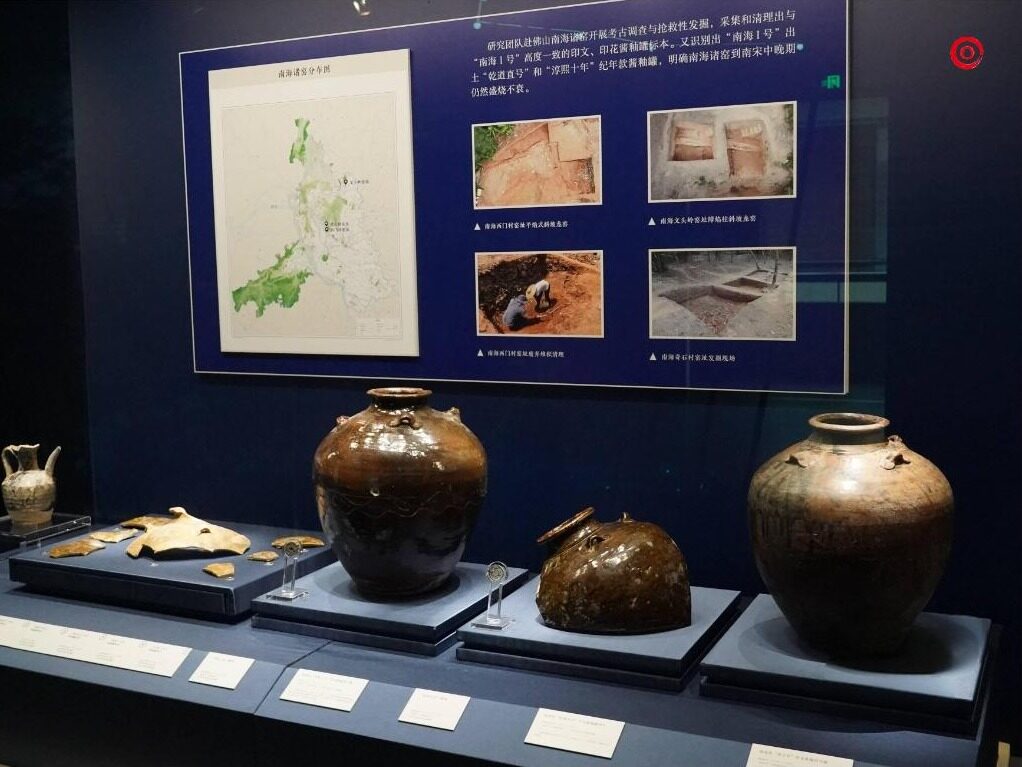- The Western Regions that Xuanzang had traveled were the central route of the Xinjiang section of the Silk Road

What was the Western Regions that Xuanzang had traveled through? Nineteen years, 50,000 miles, 110 countries. He traveled all the way west, crossing deserts and lakes, and went through hardships and obstacles. What happened on this long road has been artistically processed and written into a mythical story.
Passing through today’s Hami, Turpan, Yanqi, Kuqa, and Aksu, this ancient road that stretches along the oasis city-state on the southern foot of the Tianshan Mountains, due to Xuanzang’s feats, was later called the "Xuanzang Road", and it is also the Silk Road. The central road in the Xinjiang section of the road.
Enter the middle section of the Silk Road
Xuanzang fell into despair in the 800-mile desert in Mohe Yanqi. Suddenly, the old horse who knew the way ran wildly. After chasing the horse for a long time, he saw a clear spring in his sight. Xuanzang finally walked out of the shadow of Lop Nur's death and entered Yiwu, the first city in the Western Regions.

Yiwu, now called Hami, is located in the eastern part of Xinjiang and is the throat of the Silk Road.
The location here is special, spanning the north and south of the Tianshan Mountains, where forests, snow-capped mountains, oasis, and grasslands are all in it, so it is called the "Xinjiang Microcosm".
The Tianshan Mountain here belongs to the eastern part of Tianshan Mountain. Today, Hami has built the "Xinjiang Hami Tianshan National Forest Park" for this purpose, which has beautiful scenery and rich and diverse species.

Bogda Mountain belongs to the eastern section of the northern Tianshan Mountains, the main peak Bogda Peak, in Fukang City.
Bogda Mountain means "sacred mountain" in Mongolian. Its majestic and upright posture passes through the clouds and stretches out into the vast and magnificent starry sky, as if to talk to the gods in the sky.

Shanbei was the place where the Silk Road passed through the Xinbei Road, where Tingzhou and Beiting Duhu Mansion were set up in the Tang Dynasty; Shannan was the place where the Silk Road passed through, and Xizhou and Anxi Duhu Mansion were once set up. It is conceivable that how many trips have passed by admiring him.
The southern foot of the Tianshan Mountains during the Xuanzang period was at the time when Buddhism was flourishing. Taking Quzhi as an example, there were "more than 100 garan houses and more than 5,000 monks". From the emperor to the common people, there were no exceptions.

It is said that there are jade stones in the Dongzhao Yuli Temple in the city, and there are imprints of Buddha's feet on it. This seems to be a metaphor for the Dharma Zhouliu Pudu.
In addition to the beautiful scenery, this section of Xuanzang Road also has more delicious fruits, and the names of these fruits are always exactly the same as the place names, such as Hami melon, Korla fragrant pear from Korla, Aksu apple from Aksu...

In the description of "The Western Regions of the Tang Dynasty", "springs flowed together, diverting water into the fields", rich in various melons and fruits, the reputation has continued to this day, "Turpan's grapes and Hami melons, Korla's fragrant pears in Kuqa "Apricot" is still talked about by people.
All the way west
After walking through Hami, Turpan, and further west, the Silk Road also passes by the edge of the Taklimakan Desert. The Tarim Basin is located in the middle of the Asian continent, with arid climate and scarce precipitation. Because of the special geographical and climatic conditions, it has formed the largest desert in China.
It has been described as the sea of death, a restricted area of life, and the Silk Road can only pass carefully on its edge.

The yellow sand is vast, the wind is raging, and the sand dunes flow with the wind, as if golden snakes are winding and diving. People entering the sea of sand are all shocked by their unpredictable and boundless vastness, feeling the shortness and smallness of life.
And the Tarim River, rushing to the desert mightily, is free and unrestrained like a wild horse, and arrogantly like a blue python.

The Tarim Basin is surrounded by mountains and plateaus. After the melting of the snow and ice on the mountains, rivers are formed, rushing to the basin, and converging into the Tarim River at the northern edge of the basin.
This is the longest inland river in China, the mother river that nurtures the civilization of the Western Regions, and the river of life that guarantees the smooth flow of the Silk Road. When summer comes, the snow water increases sharply, and the Tarim River ushered in a period of high water, and the river is turbulent.

Because this road is rich in water and soil, the atmosphere is harmonious, and it is located in the Western Regions, so the central government always establishes the administrative center of the Western Regions here.
In the Han Dynasty, the Western Regions Duhu Mansion was established in Wulei (Luntai) and Qiuci (Kucha), and the Anxi Duhu Mansion in the Tang Dynasty was also set up in Gaochang and Qiuci. The seat of Duhofu guards the bustling movement of the Silk Road.
Ruins of Qiuci Grottoes
Going further west, you have to talk about this important town on the Silk Road-Qiuci. "Book of Jin·Xi Rong" records: "The Kingdom of Qiuci went to Luoyang for eight thousand two hundred and eighty li to the west, where there is a city, and there are thousands of pagodas and temples in the triple layer of the city."

The Eastern Jin Dynasty monk and the first "San Zang Master" in China, Kumarajiva, was born here. He, Zhenti, Xuanzang, and Bukong are also known as the four major translators of Chinese Buddhism, and ranks first among them.
At that time, Qiuci had become the center of the spread of Buddhism in the east of Congling (now Pamirs), and was one of the three major Buddhist countries in the Western Regions, and gave birth to the great heritage of Buddhist civilization-Qiuci Grottoes.
According to statistics, there are 10 sites of the Qiuci Grottoes, with a total of more than 600 caves, making it one of the world-class large-scale grottoes.
Among them, the Kizil Grottoes, which are 7 kilometers southeast of Kizil Township, Baicheng County, are the earliest large-scale grottoes excavated in my country and the most geographically located to the west.

The Kizil Grottoes are located at the southern foot of Mingwutag Mountain. Below the mountain, the Weigan River flows from west to east, and the Queletage Mountain can be overlooked across the river. There are 80 caves where frescoes are preserved, and the total area of fresco preservation is about 4000 square meters.
But in history, it has experienced several huge "traumas" such as wars, destruction of religious exclusivity, and wanton theft by Western countries. The Qiuci fresco researcher once went to Berlin, Germany, to photograph the Western Regions murals that had been lost overseas, and found that the most numerous of them were the Kizil Grottoes.

They give us a glimpse of the broader and more profound culture and art that belong to a certain historical period in China, but also incorporate other civilizations. When watching these murals, we seem to be swimming in this western Buddhist kingdom, feeling the history, and also looking for the memories that have passed...
Xuanzang's figure has drifted away, and other believers are still walking on this road with camel bells and the sound of the road.
Those who have stayed have painted the truths they have understood with simple and clear pictures on the walls of the gloomy caves, looking forward to the small boats in the sea of life and death that will be able to ferry more people to the other shore. Editor/He Yuting
Comment
 Praise
Praise
 Collect
Collect
 Comment
Comment
 Search
Search














Write something~